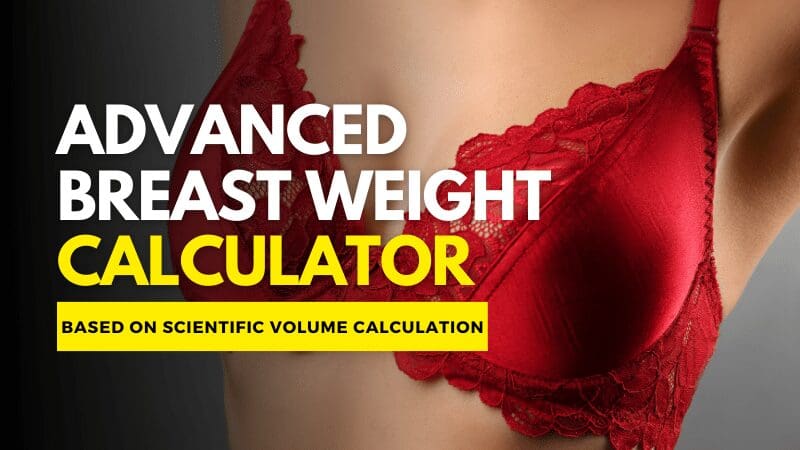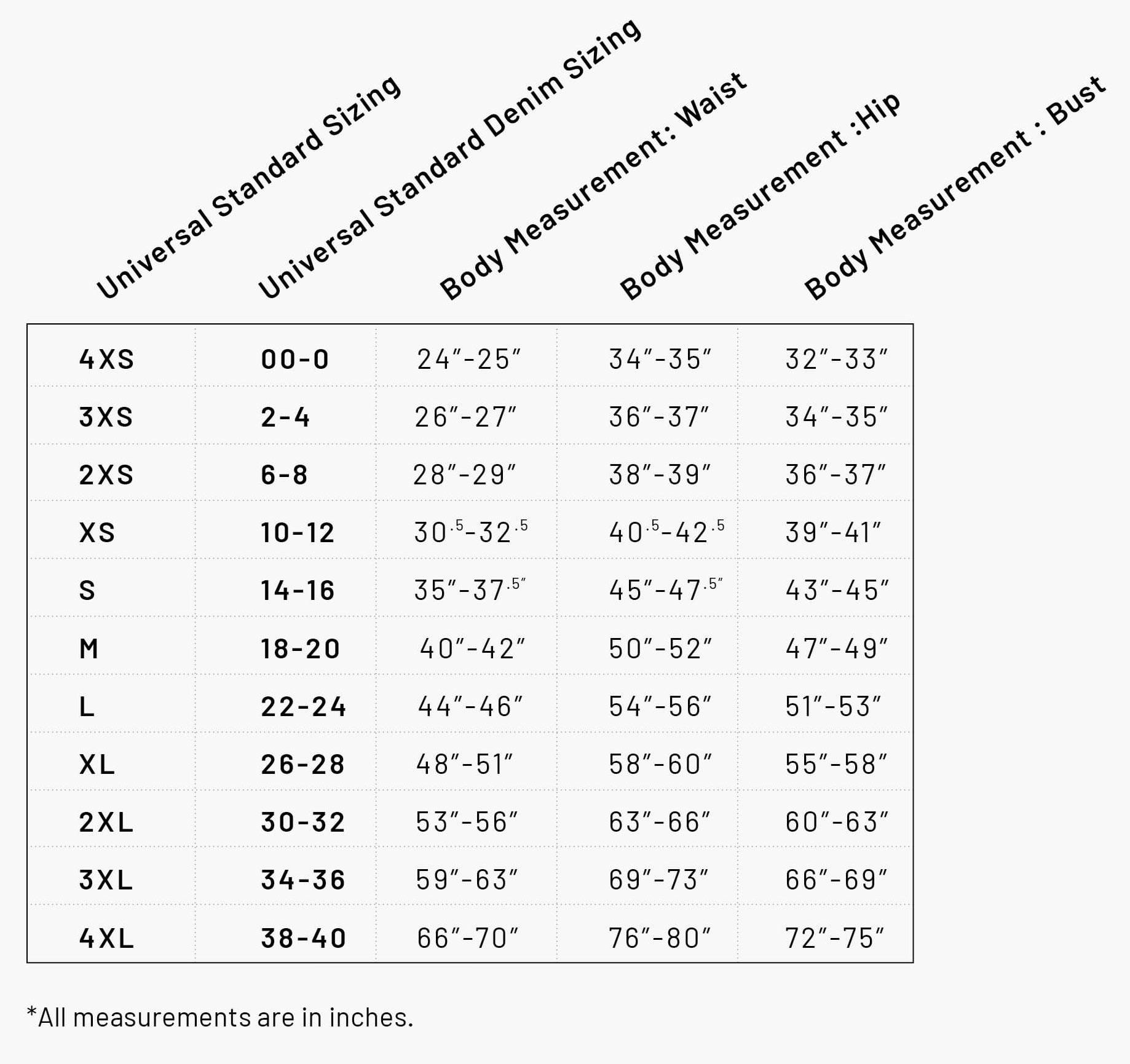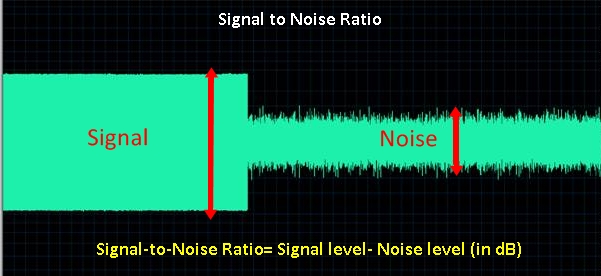The Ultimate Guide to Breast Weight

Breast weight is a topic of interest for many individuals, whether for health-related reasons, fitness goals, or simply out of curiosity. Understanding the factors that influence breast weight and its variations can provide valuable insights into the human body's complexity. This comprehensive guide aims to delve into the world of breast weight, exploring its intricacies, common misconceptions, and the scientific basis behind it.
Breast Weight: The Science and Factors

Breast weight is a multifaceted aspect of human anatomy, influenced by a range of factors. It is essential to recognize that breasts are not solely composed of fat but also consist of glandular tissue, connective tissue, and ligaments. The distribution and composition of these components vary among individuals, leading to diverse breast shapes and sizes.
Glandular Tissue and Breast Composition
Glandular tissue, responsible for milk production in lactating women, constitutes a significant portion of breast tissue. This tissue is highly responsive to hormonal changes, particularly estrogen and progesterone. During puberty and throughout a woman’s reproductive years, these hormones stimulate the growth of glandular tissue, contributing to breast development.
In addition to glandular tissue, breasts also contain varying amounts of adipose tissue (fat). The ratio of glandular to adipose tissue can differ significantly between individuals, leading to variations in breast density and weight.
| Breast Composition | Percentage |
|---|---|
| Glandular Tissue | 20-80% |
| Adipose Tissue | 20-80% |
| Connective Tissue | 5-20% |

It is important to note that breast composition can change over time, influenced by factors such as age, hormonal fluctuations, pregnancy, and menopause. These changes can impact breast weight and overall appearance.
Hormonal Influence and Breast Development
Hormones play a pivotal role in breast development and weight. Estrogen, often referred to as the “female hormone,” is crucial for the growth and maintenance of breast tissue. It stimulates the proliferation of glandular cells, leading to increased breast size and weight.
During puberty, the surge of estrogen and other hormones triggers breast development, resulting in the formation of mammary glands and the characteristic changes in breast size and shape. Similarly, hormonal fluctuations during the menstrual cycle can cause temporary changes in breast weight and sensitivity.
Breast Weight and Body Composition
Breast weight is not solely determined by the composition of the breasts themselves but is also influenced by an individual’s overall body composition. Body fat percentage, muscle mass, and skeletal structure all contribute to the distribution of weight across the body, including the breasts.
For instance, individuals with a higher body fat percentage may have denser breast tissue, resulting in increased breast weight. On the other hand, those with a lower body fat percentage and higher muscle mass may have firmer breasts with a different weight distribution.
Understanding Breast Weight Variations

Breast weight can vary significantly among individuals, and it is essential to recognize that there is no “one-size-fits-all” standard. Factors such as genetics, body type, and lifestyle choices can contribute to these variations.
Genetic Factors and Breast Size
Genetics play a substantial role in determining breast size and weight. Certain genes influence the development and distribution of breast tissue, leading to familial patterns in breast size. For instance, individuals with a family history of larger breasts may inherit a genetic predisposition for more significant breast development.
However, it is important to note that genetics is not the sole determinant. Environmental factors, such as diet, exercise, and overall lifestyle, can also impact breast weight and size.
Body Type and Breast Weight
Body type, characterized by factors such as height, frame size, and body composition, can significantly influence breast weight. For example, individuals with a larger frame and higher body mass index (BMI) may have heavier breasts due to the increased overall body weight.
Conversely, individuals with a petite frame and lower BMI may have smaller breasts with a different weight distribution. It is crucial to understand that breast weight is not solely indicative of body fat percentage but is influenced by various anatomical factors.
Lifestyle and Breast Weight
Lifestyle choices, such as diet and exercise, can also impact breast weight. A balanced diet rich in nutrients, particularly those essential for breast health, can contribute to optimal breast composition and weight. Additionally, regular exercise, particularly strength training, can help tone the chest muscles, influencing the appearance and weight of the breasts.
It is worth noting that drastic weight loss or gain can lead to changes in breast weight and appearance. Significant weight loss may result in a reduction of breast volume, while weight gain can contribute to an increase in breast size and weight.
Breast Weight and Health Considerations
Understanding breast weight is not solely a matter of aesthetics but also has important health implications. Breast weight and composition can provide insights into an individual’s overall health and well-being.
Breast Density and Health Risks
Breast density, a measure of the proportion of glandular and connective tissue in the breasts, is an essential factor to consider. Dense breasts, characterized by a higher proportion of glandular tissue, can pose certain health risks.
Studies have shown that women with dense breasts may have a slightly higher risk of developing breast cancer. This is attributed to the fact that dense breast tissue can make it more challenging to detect abnormalities on mammograms, leading to potential delays in diagnosis.
Breast Weight and Back Pain
The weight of the breasts can also impact an individual’s posture and overall comfort. Women with larger breasts may experience back pain and discomfort due to the strain on the shoulders and spine. This can lead to postural issues and musculoskeletal problems over time.
It is recommended for individuals with larger breasts to consider supportive bras and exercises that strengthen the back and core muscles to alleviate discomfort and maintain proper posture.
Breast Health and Self-Examination
Regular breast self-examinations are crucial for detecting any changes or abnormalities in breast tissue. Understanding the normal weight and composition of one’s breasts can aid in identifying any unusual changes. It is essential to perform self-examinations regularly and seek medical advice if any concerns arise.
Conclusion: Embracing Breast Diversity
Breast weight is a multifaceted aspect of human anatomy, influenced by a myriad of factors. From hormonal influences to genetic predispositions, breast weight is a unique characteristic for each individual. Understanding the science behind breast weight can empower individuals to make informed decisions about their health and well-being.
It is essential to embrace the diversity of breast sizes and shapes, recognizing that beauty comes in all forms. By promoting body positivity and self-acceptance, we can foster a healthier relationship with our bodies and celebrate the unique attributes that make us who we are.
Can breast weight change over time?
+
Yes, breast weight can fluctuate due to various factors such as hormonal changes, weight gain or loss, and aging. It is not uncommon for breasts to undergo changes in size and weight throughout a woman’s life.
Are larger breasts heavier than smaller ones?
+
Generally, larger breasts tend to have a higher weight due to the increased volume of glandular and adipose tissue. However, breast weight is not solely determined by size, as composition and body type also play a role.
Can exercise affect breast weight and appearance?
+
Yes, regular exercise, particularly strength training, can help tone the chest muscles and improve the overall appearance of the breasts. While it may not significantly reduce breast weight, it can enhance breast shape and firmness.



